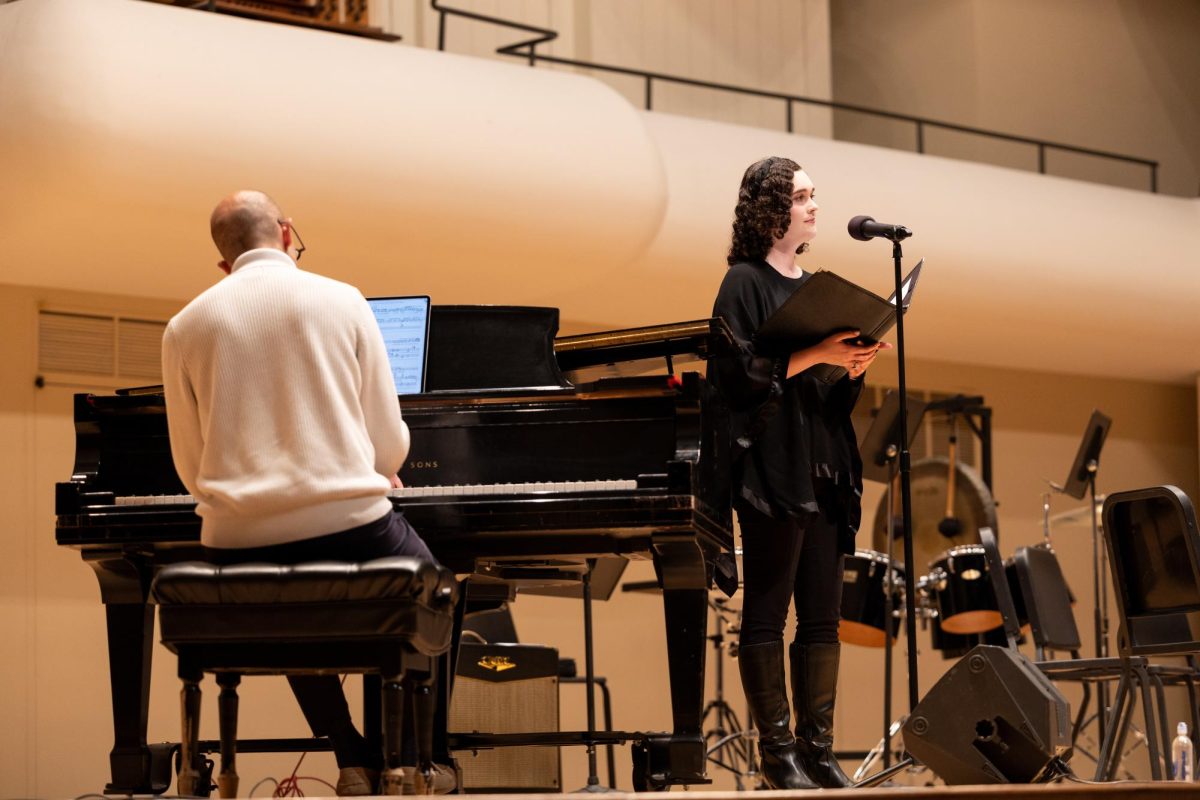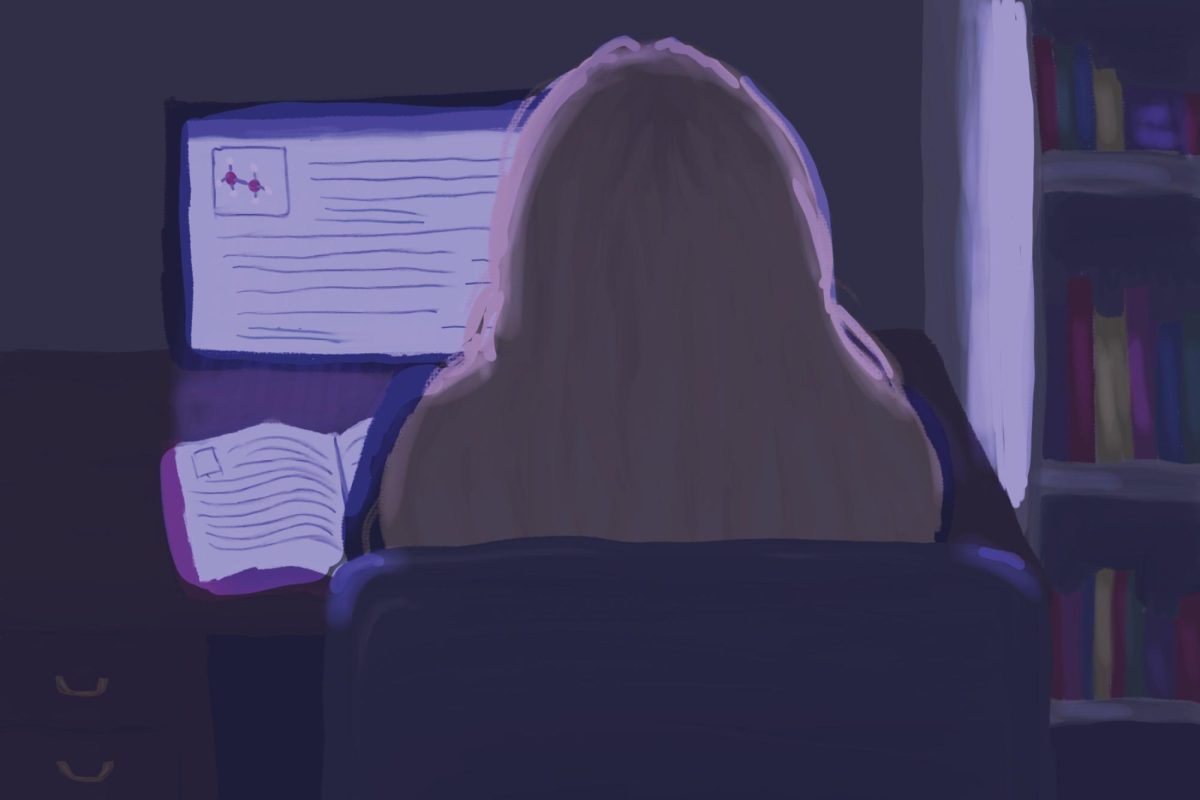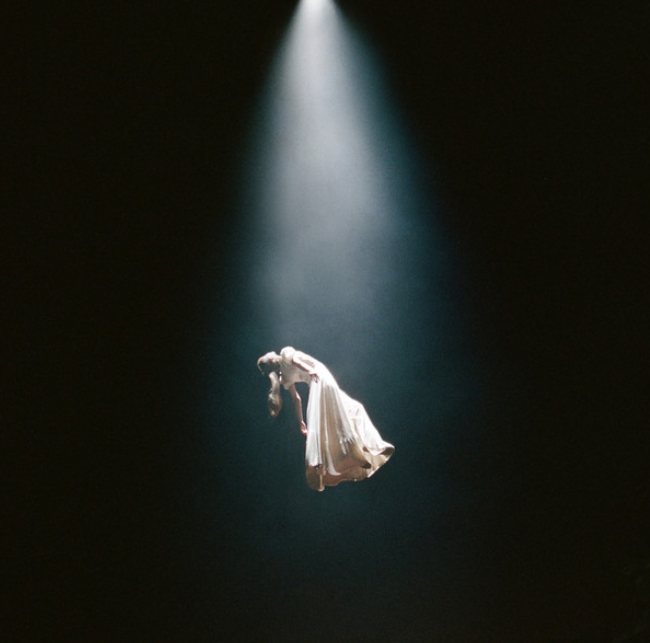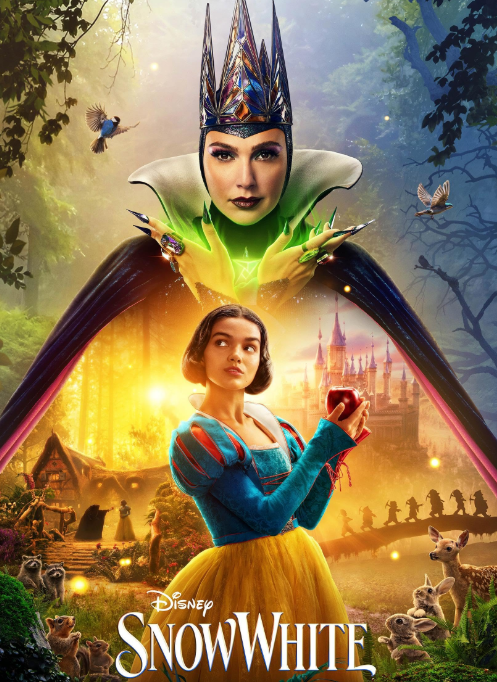Imagine you’re a musician playing in a cramped, dimly lit dive bar. Suddenly, a man walks up to you, says he’s with a major record label and offers you a record deal. Fast forward a few years, and you’ve got a chart-topping album, your songs play on radio stations nationwide, and you sip champagne while swimming in a pool of hundred dollar bills.
Now, imagine you’re a musician in that same dimly lit bar. A man walks up to you and offers you that exact same record deal. You create that same chart-topping album, and your songs are all still all over the radio – but you never see a dime. You can’t pay your bills. You go bankrupt.
The truth is, having a hit single and selling millions of albums doesn’t necessarily guarantee financial security for an artist. In fact, the majority of that money never reaches the artist at all.
“A lot of people don’t realize that if it sounds too good to be true, it’s too good to be true,” said Evan Brooks, a senior majoring in financial planning and lead singer of local band The Doctors and The Lawyers. “You have to learn that your first day of being a musician, because if you don’t, you’re gonna get screwed over time and time again.”
As independent musicians, The Doctors and The Lawyers sell their music through CD Baby, an aggregator that distributes music to download, and streaming services like iTunes, Spotify, Rhapsody, Amazon and more.
CD Baby charges artists a one-time fee of $49 per album or $12.95 per single (plus an additional fee to obtain a UPC barcode) and takes 9 percent of every music sale. In exchange, the artists can distribute both physical and digital copies of their music through a variety of music stores, download sites and streaming sites worldwide.
On iTunes, each of The Doctors and The Lawyers’ songs sells for 99 cents. After iTunes takes its 30-percent cut and CD Baby takes its 9-percent cut, the band pockets about 60 cents per song in royalties. This might not sound like much, but in the music industry, that number is exceptionally high – most recording artists with publishing contracts and major record deals make fewer than 10 cents per song.
“With music production, even digitally, you’ve got to pay a sound engineer, you’ve got to pay a producer. You have to pay a house band to come in and record, you have to pay for studio time. You have to pay for mastering,” Jason Patton, manager of Oz Music, said. “Even if you do digital distribution only, there’s still a lot of costs associated with making an album. It’s not a cheap process.”
To earn a substantial income from royalties, artists have to sell large quantities of music – often millions of albums.
Indie artists may pocket more money per song, but their total profits from royalties pale in comparison to those of big-name artists. Without a record deal, it’s nearly impossible for an indie artist to sell enough music for those 60-cents-per-song royalties to really add up.
“We can’t [make a significant amount of money from royalties], that’s for sure,” Blaine Duncan of local band Blaine Duncan and the Lookers said. “We just don’t have that significant of numbers who listen to us daily. We see royalties climb up on occasion, usually from Spotify plays. That’s not a lot, though.”
A few cents per song may not sound like much, but on music streaming services like Spotify, Pandora and iTunes Radio, even that would be a luxury. The exact figure changes depending on the month and on the individual artist’s recording contract, but artists typically earn just hundredths of a cent per stream on Spotify.
“They’ve given you a legal way to listen to music for free and say, ‘Screw the artist,’” Brooks said. “It sucks. I accept it. I’m not fine with it, but I accept it. It’s just the world we live in.”
Spotify earns its revenue from the $9.99 montly fee paid by subscribers, as well as from the ads listened to by non-subscribers. According to the International Federation of the Phonographic Industry, the global number of paying subscribers to streaming services increased by 40 percent in 2013. Since Spotify bases its monthly royalty payments on its total monthly revenue, an increase in paid subscribers could eventually lead to an increase in Spotify’s royalties.
However, while music streaming has risen in popularity, music sales have decreased. According to Billboard’s music tracking service Nielsen SoundScan, total album sales across all formats fell by 8 percent in 2013.
Music streaming sites make it possible to listen to music for free, but they aren’t solely responsible for this decline in music sales. In the early 2000s, file sharing services like Napster and Limewire lead to the rise of illegal music downloads, which made paying for music unnecessary.
Spotify claims to decrease illegal music downloads by giving fans a legal way to listen to music for free while still paying royalties to the artist. However, for indie artists who don’t rack up millions of streams per month, these royalties might as well be nothing.
“We’ve never looked at our Spotify as far as how much money it’s bringing in, because it’s just not,” Brooks said.
For indie artists and major-label artists alike, the vast majority of their income comes from touring.
“Artists today just have a different task in front of them,” Brooks said. “They have to tour all the time. They have to be playing shows four or five nights a week. I guess eventually you can get to a point where you can stop touring and still sell music, but it takes a long time.”
For new artists, the main function of music streaming – and even music sales, to an extent – has shifted from making money to simply gaining exposure.
“I use Spotify often – I even have the full subscription on my phone,” Duncan said. “It’s great for me to check out bands or albums initially to see if I want to invest any time with the band – like seeing them live, or any money on their music – like buying the record on vinyl.”
Patton said these streaming services provide an easily accessible avenue for listeners to discover new music.
“I don’t think it will ever replace physical products, but I think it’s a great tool for listening to new music,” Patton said. “It’s a much more convenient thing to stream something than to go down to a store.”
Despite music streaming’s growing popularity, Brooks shares the opinion that streaming will never fully replace music purchasing.
“I like vinyl,” Brooks said. “I like giant pictures and artwork, and I can see the words, and there’s just something about how it sounds on a record player. There will still be people that enjoy having that physical copy in their hands. There will still be people who go to the store and buy it.”








